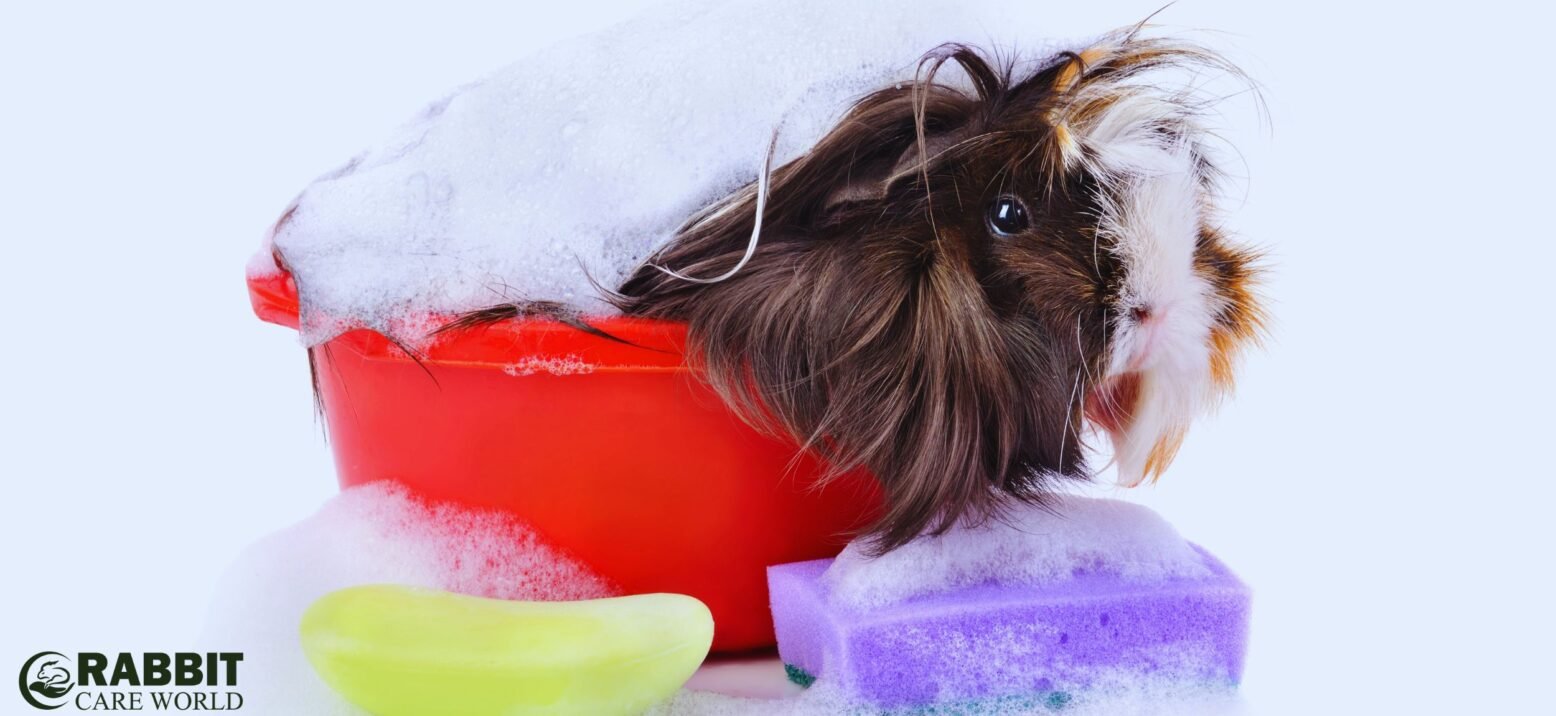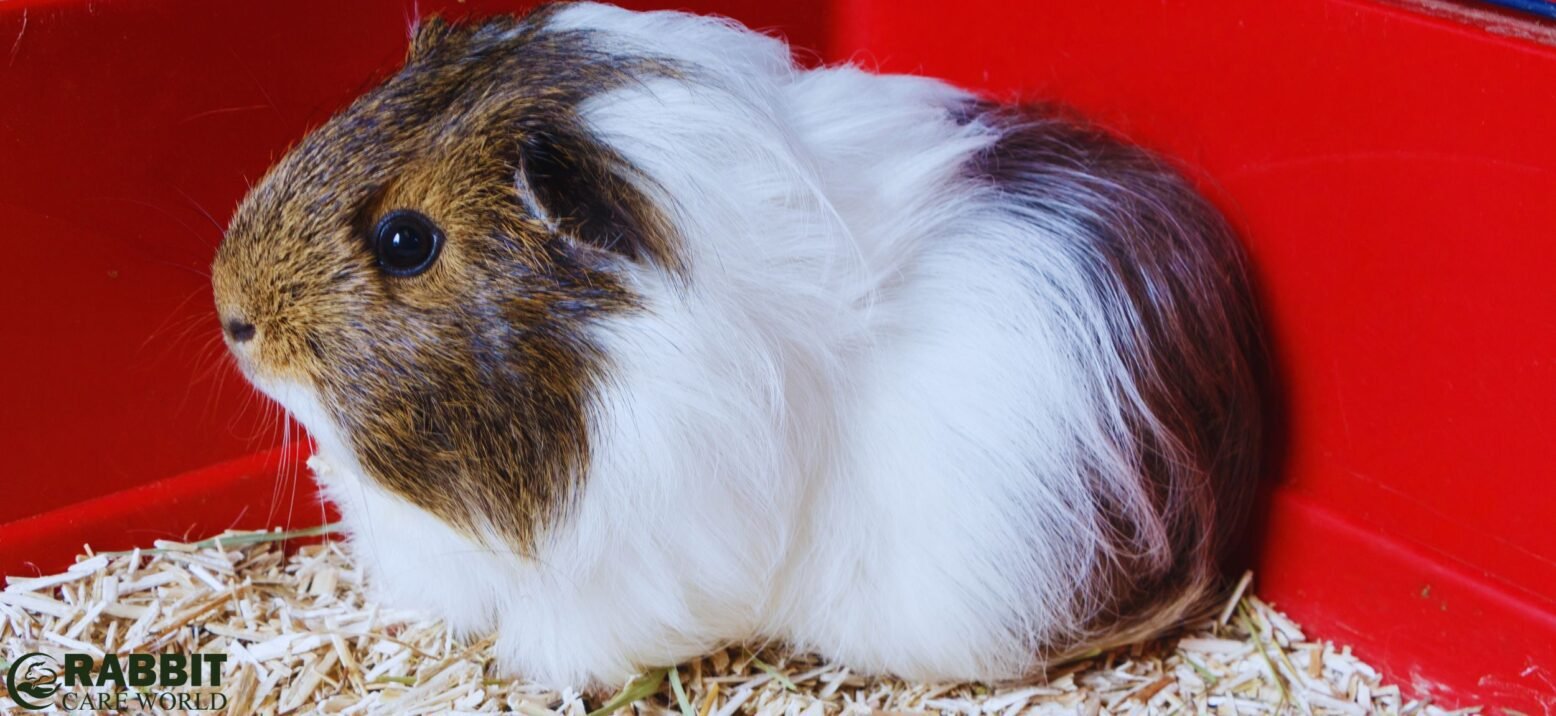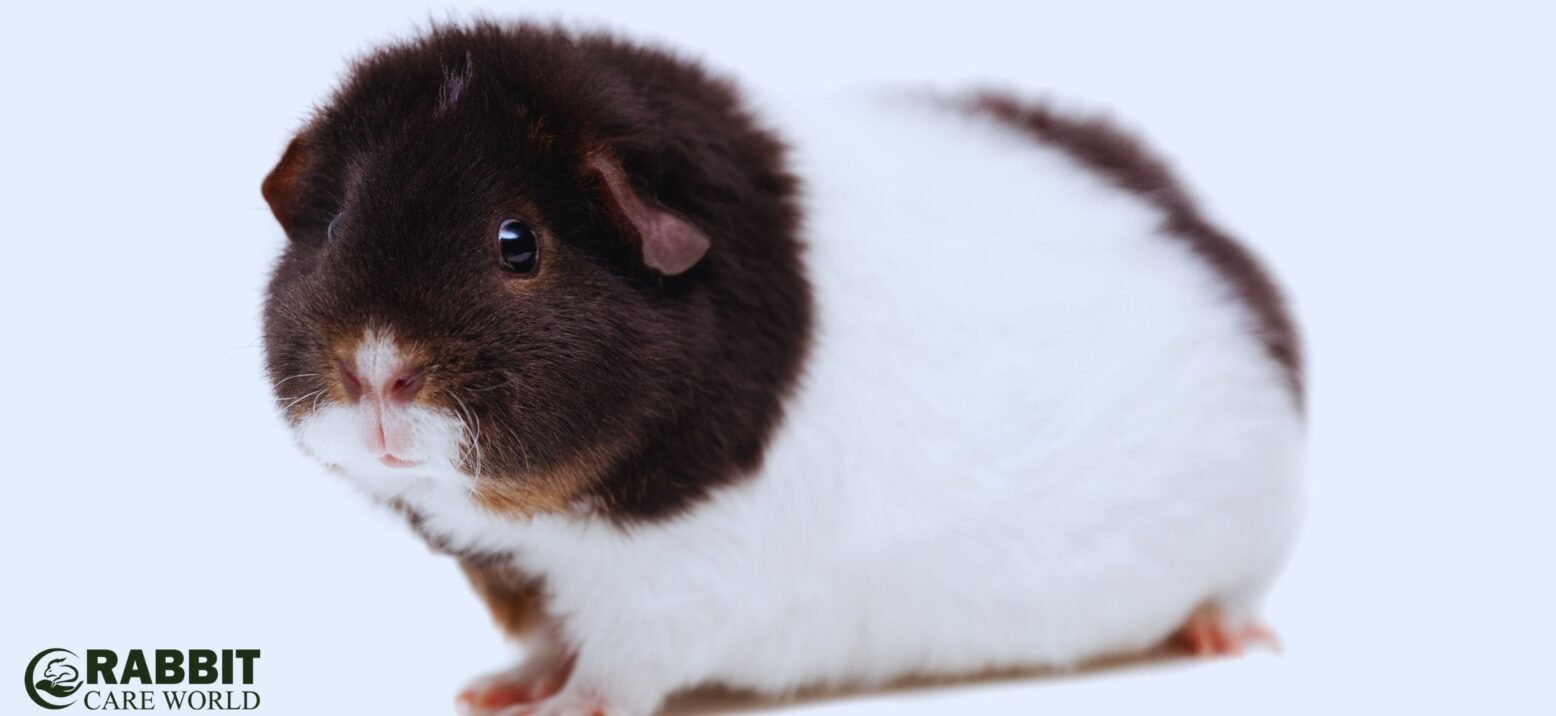Himalayan Guinea Pigs are a unique and adorable breed. They stand out with their striking appearance and gentle nature.
Originating from the Andes, these guinea pigs have captured the hearts of many. Their distinct color pattern, with dark points on their ears, nose, and feet, sets them apart. They are not just cute; they also make excellent pets. Himalayan Guinea Pigs are known for their calm and friendly temperament.
They are easy to care for and love human interaction. Whether you’re a seasoned pet owner or a first-timer, learning about these charming creatures will be delightful. Let’s explore what makes the Himalayan Guinea Pig so special and why they might be the perfect addition to your home.
Table of Contents
ToggleIntroduction To Himalayan Guinea Pigs
The Himalayan Guinea Pig is a special pet. It has a white body with dark ears, nose, and feet. These dark spots are called “points”. The points are more visible in cooler weather. Their fur is smooth and soft to touch. This breed is friendly and calm. They enjoy being held and petted. Himalayan Guinea Pigs are great for families with kids. They do not bite often. Proper care keeps them healthy and happy.
Himalayan Guinea Pigs are not from the Himalayas. They come from South America. These pets have been loved for many years. They were first bred for their unique look. People all over the world now keep them as pets. They need simple care and are easy to handle.
Choosing A Himalayan Guinea Pig
Pet stores often have Himalayan Guinea Pigs. Local breeders can also be a good option. Animal shelters might have them too. It’s a good idea to check online. Reputable websites may list them for sale. Always visit the place before buying. See how they care for the animals. This ensures a healthy and happy pet.
Look for bright eyes and a clean nose. Check their fur; it should be shiny. The skin should be smooth. Feel the body. A healthy guinea pig is not too skinny or too fat. Observe their behavior. They should be active and curious. Any signs of illness, like sneezing, are red flags. Always ask the seller about their health history. This helps avoid future problems.
Housing Requirements
Himalayan guinea pigs need a spacious cage. The cage should have good ventilation. Ensure the cage is escape-proof. Place the cage in a quiet area. Avoid direct sunlight and drafts. Provide a hiding spot. Use a water bottle for water. Add a food dish for pellets. Scatter fresh hay inside the cage. Clean the cage weekly. Ensure safety and comfort for your pet.
Use soft bedding for comfort. Avoid cedar and pine shavings. They can harm guinea pigs. Choose paper-based bedding. It is safe and absorbs well. Fleece bedding is reusable and soft. Wash fleece bedding regularly. Aspen shavings are another safe option. They are dust-free. Ensure bedding is clean and dry. Change it often to keep your pet healthy.
Nutrition And Diet
Fresh vegetables are great for Himalayan Guinea Pigs. Carrots, cucumbers, and spinach are good choices. Fruits like apples and berries are treats. Always provide fresh water. Timothy hay is a must. It helps their teeth and digestion. Pellets made for guinea pigs are good too. They need Vitamin C every day. Give them their favorite guinea pig food.
Avoid giving your guinea pig chocolate, caffeine, and onions. These can make them sick. No dairy products or meat. They cannot digest them. Citrus fruits can upset their stomach. Do not feed them iceberg lettuce. It has little nutrition. Stay away from processed foods. They are unhealthy for them.
Grooming And Hygiene

Use warm water for bathing your Himalayan Guinea Pig. Avoid getting water in their ears. Use a mild, pet-safe shampoo. Rinse thoroughly to remove all soap. Dry them gently with a towel. Keep them warm until fully dry. Bathing too often can harm their skin. Once a month is enough.
Trim their nails every few weeks. Use small animal nail clippers. Hold them gently but firmly. Cut only the tip of each nail. Avoid cutting the quick. If you cut the quick, it will bleed. Use styptic powder to stop bleeding. Reward them with a treat after trimming.
Health And Wellness
Himalayan Guinea Pigs can face some common health issues. Respiratory infections are very common. They may sneeze or have runny noses. Scurvy is another problem. It is caused by a lack of vitamin C. They may lose weight or their fur may look rough. Teeth problems can also occur. Their teeth may grow too long and need trimming.
Regular checkups are important for your guinea pig’s health. A vet can spot problems early. Your pet should see a vet at least once a year. Regular checks help keep them healthy and happy. Always ask the vet for advice on diet and care. Good care prevents many health issues. Keep their living space clean. This helps avoid infections.
Socialization And Behavior
Spending time with your guinea pig is essential. Sit near their cage and talk softly. Offer treats by hand. This builds trust. Let them explore a safe space. Always supervise them. Give gentle pets once they are comfortable. Repeat daily for best results.
Guinea pigs are social animals. They thrive on interaction. They may squeak when happy. They may hide when scared. Watch their body language. This helps understand their feelings. They need company. Consider getting another guinea pig. Always introduce them slowly.
Fun Activities And Enrichment
Himalayan Guinea Pigs love to play. Giving them varied toys can keep them happy. Small balls, tunnels, and chew toys are great. Rotate their toys often to keep things fresh. This helps them stay interested and active.
Make their cage fun. Add different levels and hiding spots. Use soft bedding for comfort. Place food in different areas to encourage exploring. Change the setup every few days. This will keep your guinea pig curious and happy.
Breeding Considerations
Breeding Himalayan guinea pigs needs care. They must be healthy before breeding. Male and female should be at least 4-6 months old. This ensures they are mature enough. Always choose pigs with good temperaments. Avoid breeding if they are sick. Too many babies can harm the mother. Always keep records of their breeding history.
Pregnant guinea pigs need special care. Guinea pigs diet should be rich in vitamin C. This helps them stay healthy. Provide fresh vegetables and clean water. Keep their environment calm and stress-free. Avoid handling them too much. Regular vet check-ups are important. Watch for any signs of illness. Separate them from other guinea pigs if needed. This gives them space to rest.
Conclusion And Final Tips

The Himalayan Guinea Pig is a unique pet. It has a white body with dark points. These points are on the ears, nose, and feet. This breed needs special care. Ensure a clean and safe habitat. A balanced diet is vital. Fresh hay, veggies, and water are must-haves. Regular check-ups keep them healthy.
For more details, visit pet care sites. Books about guinea pigs are also helpful. Talk to a vet for expert advice. Join online forums for pet owners. Learn from shared experiences. Keep your pet happy and healthy.
Frequently Asked Questions
What Is A Himalayan Guinea Pig?
A Himalayan Guinea Pig is a breed known for its white coat and dark points on ears, nose, and feet.
How Long Do Himalayan Guinea Pigs Live?
Himalayan Guinea Pigs usually live around 5 to 7 years with proper care.
What Do Himalayan Guinea Pigs Eat?
They eat hay, fresh vegetables, and specially formulated guinea pig pellets. Fresh water is essential too.
Are Himalayan Guinea Pigs Good Pets?
Yes, they are friendly, social, and enjoy human interaction. Great for families and kids.
How Do You Care For A Himalayan Guinea Pig?
Provide a clean cage, fresh food and water, and regular grooming. Socialize daily for a happy pet.
Conclusion
Himalayan guinea pigs make wonderful pets. They have unique looks and gentle natures. Easy to care for, they fit well in many homes. Kids and adults alike enjoy their company. Their distinct markings set them apart. They need love, care, and attention.
These small creatures bring joy and companionship. Consider a Himalayan guinea pig. They might be the perfect pet for you. Their playful antics can brighten any day. Simple care routines make them ideal for beginners. Enjoy the delightful presence of a Himalayan guinea pig.
Your new furry friend awaits!




